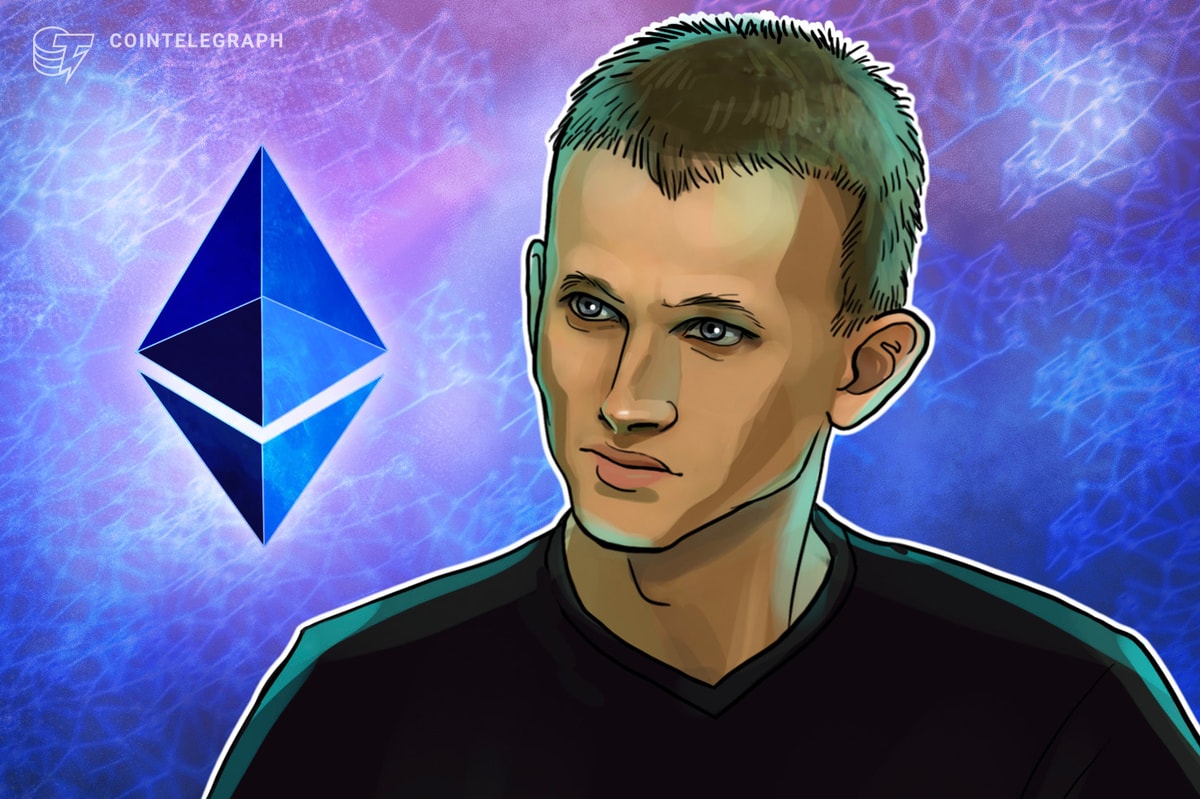Nov. 2022, Vincy
Data Source: Footprint Analytics – NFT Aggregators Trends Overview
While there are several NFT marketplaces to choose from when buying your digital assets, it is inefficient to constantly switch between them when trading. Another problem in the fragmented market is having to pay gas fees more than once when buying from different marketplaces.
NFT aggregators allow people to buy multiple NFTs from various platforms in bulk, thereby saving on gas fees and being efficient. Beyond that, aggregators are also experimenting with novel models for NFT trading, namely AMM marketplace, pledging and NFT tokenization.
Will they become the go-to places to buy NFTs?
Early NFT marketplaces
From 2016 to 2018, the first NFT trading marketplaces—OpenSea, MakersPlace, and SuperRare—emerged. Since then, OpenSea has occupied more than 90% of the market share, despite its unstable trading system, hacking attacks, and even scandals such as the theft of user NFT assets.

At the beginning of 2022, X2Y2 and LooksRare both started to challenge OpenSea with decentralization, lower fees, and platform revenue sharing. This began to divide the NFT market.

However, these platforms were slow to address problems with batch buying, which is where NFT aggregation platforms gained a foothold.

What problems does aggregation solve?
According to Footprint Analytics, the proportion of transactions on Ethereum-based aggregated trading platforms (13 platforms) gradually increased from August to October, reaching a maximum of more than 18%, and then resumed normal transactions. This indicates a trend in which the NFT market is gradually entering into aggregated transactions.

However, many developers are beginning to seek value innovation, chasing advantages such as greater convenience and faster efficiency. There are clear boundaries between existing markets, and which types of services users need are created.
In turn, OpenSea has upgraded its product and acquired competitors.
- In April, OpenSea acquired the NFT aggregation protocol GEM.
- In May, OpenSea allowed users to trade NFTs using other means of payment besides cryptocurrency.
- In October, it was announced that bulk order and purchase functionality was officially supported, and users can now list and purchase up to 30 items in a single transaction on the platform.
There is the promise of a comprehensive marketplace improvement through various features, low fees and time cost of searching for NFTs. For example, Element aggregates layouts from all the most popular blockchains (Ethereum, BNB Chain, Polygon, Avalanche and Solana) to enable cross-chain transactions and expand the user base.
The emergence and development of various aggregated trading markets, for users to reduce the tedious operation of a transaction, allowing users to batch listing and purchase operations, reducing transaction costs and the time cost of searching NFT.
Summary
OpenSea has had a near-monopoly on NFT trading for several years. Even as other marketplaces launched with competitive features, it has been the go-to platform for buying and selling NFTs. However, NFT aggregators have emerged with unique models and solutions to problems in the industry.
This piece is contributed by Footprint Analytics community.
The Footprint Community is a place where data and crypto enthusiasts worldwide help each other understand and gain insights about Web3, the metaverse, DeFi, GameFi, or any other area of the fledgling world of blockchain. Here you’ll find active, diverse voices supporting each other and driving the community forward.
Footprint Website: https://www.footprint.network
Discord: https://discord.gg/3HYaR6USM7
Twitter: https://twitter.com/Footprint_Data
Read More: news.google.com










 Bitcoin
Bitcoin  Ethereum
Ethereum  Tether
Tether  XRP
XRP  Solana
Solana  USDC
USDC  Dogecoin
Dogecoin  Cardano
Cardano  TRON
TRON  Lido Staked Ether
Lido Staked Ether  Wrapped Bitcoin
Wrapped Bitcoin  Sui
Sui  Chainlink
Chainlink  Avalanche
Avalanche  Stellar
Stellar  LEO Token
LEO Token  Hedera
Hedera  Shiba Inu
Shiba Inu  Toncoin
Toncoin  Wrapped stETH
Wrapped stETH  USDS
USDS  Bitcoin Cash
Bitcoin Cash  Litecoin
Litecoin  Polkadot
Polkadot  Hyperliquid
Hyperliquid  Bitget Token
Bitget Token  Binance Bridged USDT (BNB Smart Chain)
Binance Bridged USDT (BNB Smart Chain)  WETH
WETH  Ethena USDe
Ethena USDe  Pi Network
Pi Network  Monero
Monero  WhiteBIT Coin
WhiteBIT Coin  Wrapped eETH
Wrapped eETH  Coinbase Wrapped BTC
Coinbase Wrapped BTC  Pepe
Pepe  Uniswap
Uniswap  Aptos
Aptos  Dai
Dai  Bittensor
Bittensor  OKB
OKB  Ondo
Ondo  NEAR Protocol
NEAR Protocol  Gate
Gate  Internet Computer
Internet Computer  Official Trump
Official Trump  Ethereum Classic
Ethereum Classic  sUSDS
sUSDS  BlackRock USD Institutional Digital Liquidity Fund
BlackRock USD Institutional Digital Liquidity Fund